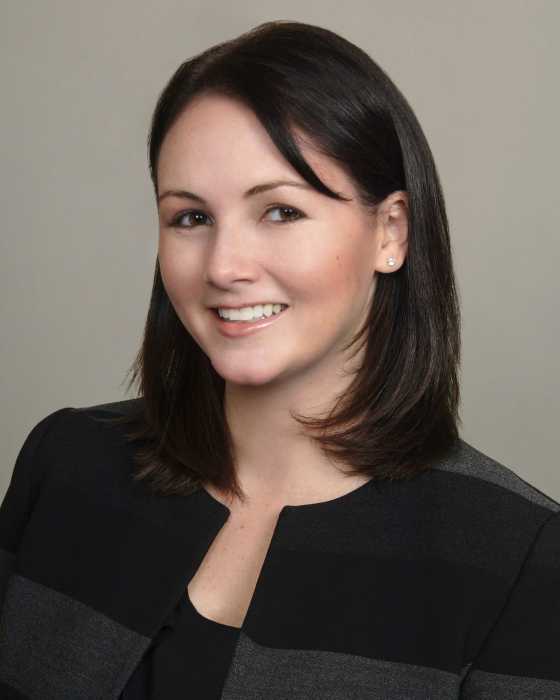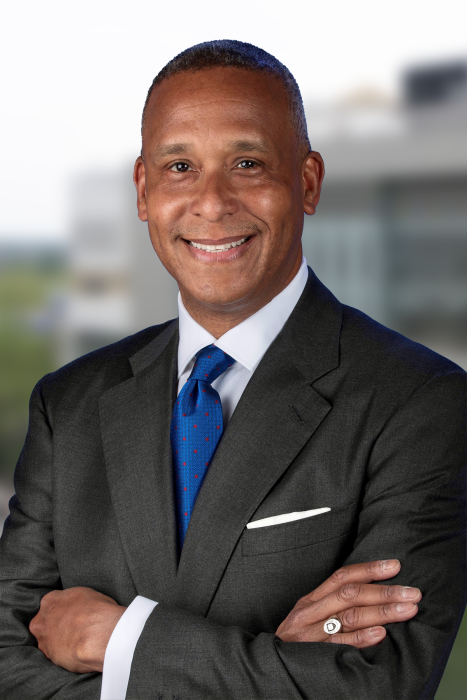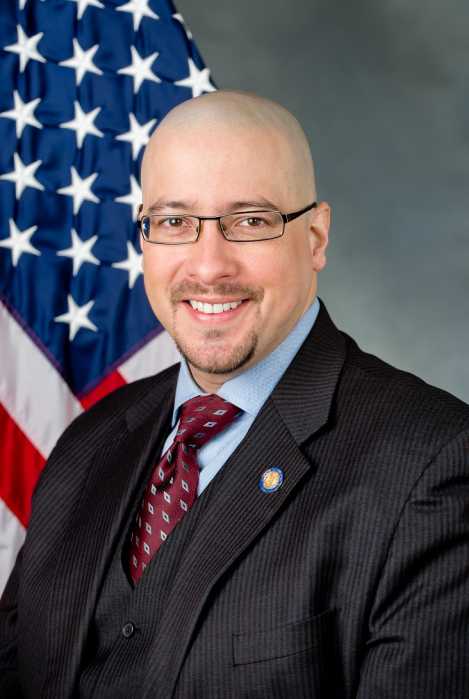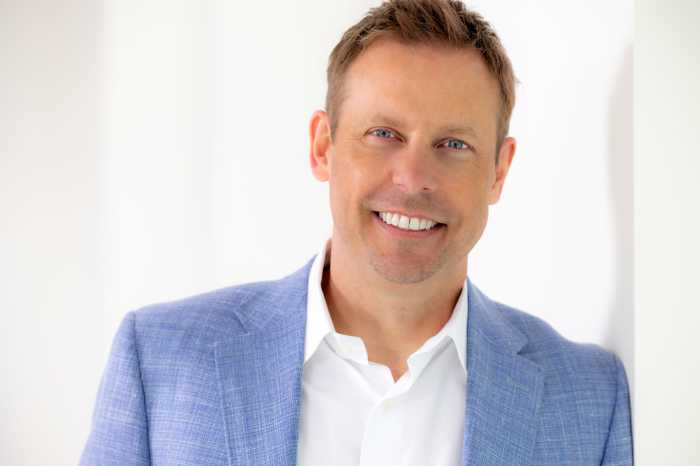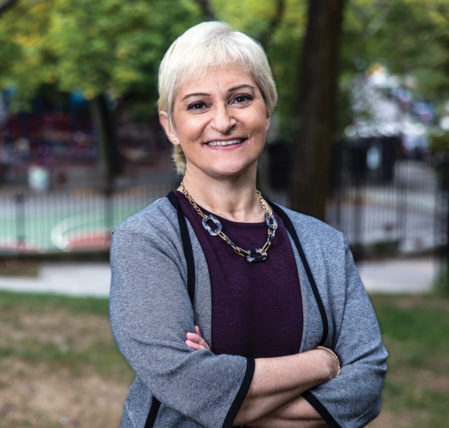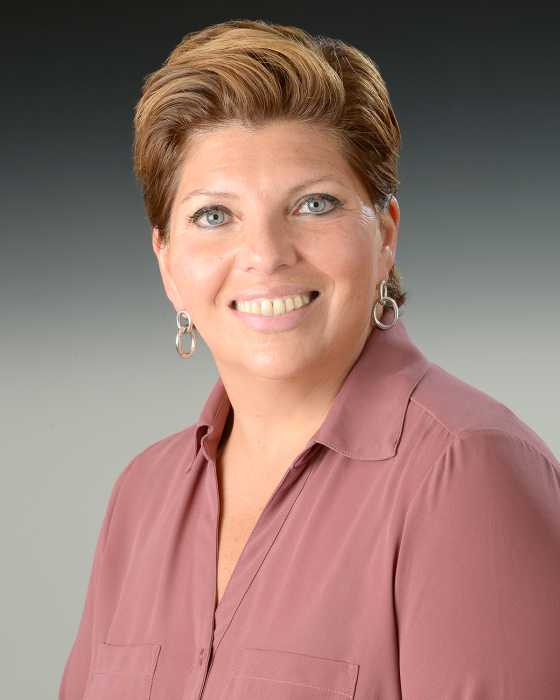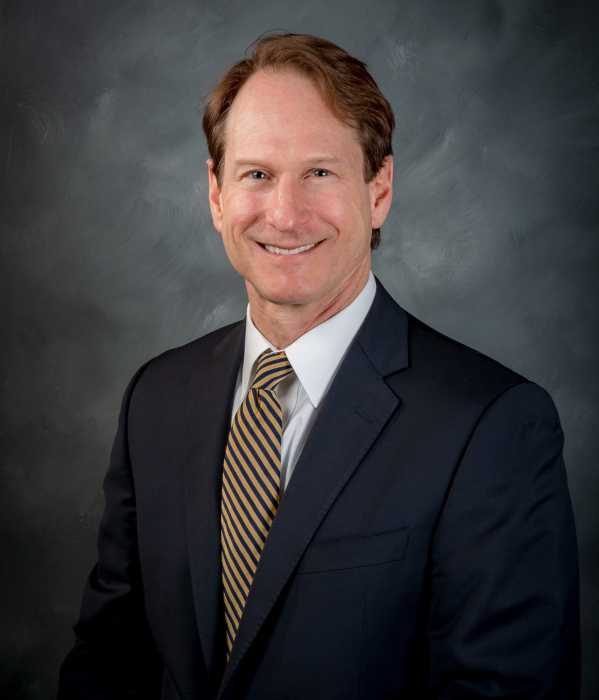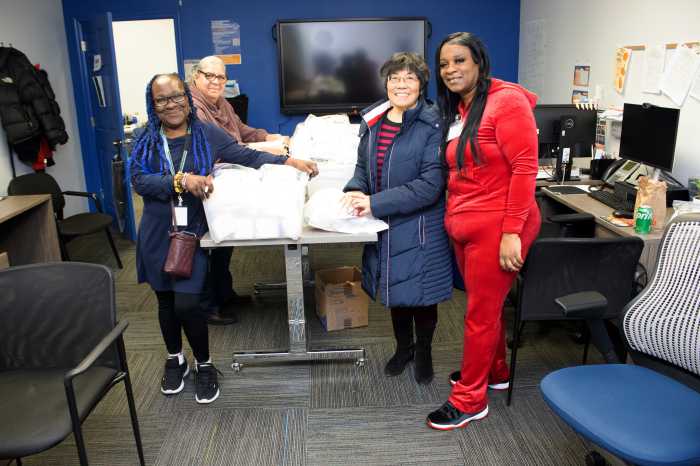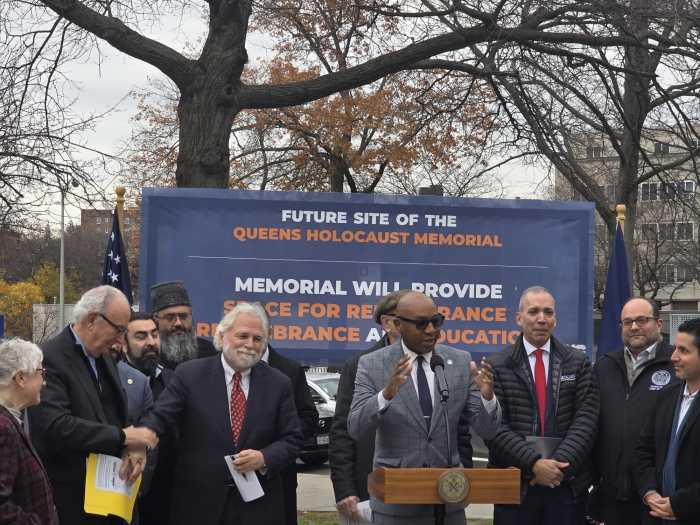Sarah Ravenhall is executive director at the New York State Association of County Health Officials, a nonprofit membership association representing all 58 local health departments in New York. With over 10 years of experience in the field, she has led a diverse array of initiatives in hospital, population health-based and nonprofit membership association settings. In 2022, Sarah led the public health advocacy community in its successful effort to secure a $51.4M increase in state funding in 2022 for local public health services.
Why did you decide to pursue a career in health care?
I was diagnosed with type 1 diabetes at the age of seven, so I grew up around health professionals and health care advocates, and I greatly respected their desire to empower people to take care of their personal health. I also witnessed inequities in access to care when speaking with people growing up and wanted to be a part of hearing people’s challenges and stories, and then finding a way to improve systems and bridge gaps.
What is the biggest challenge currently facing New York’s health care system?
Public health agencies are experiencing alarming gaps in position vacancies due to uncompetitive salaries, inability to find qualified candidates, and the length of time it takes to hire staff. Of particular challenge is our ability to hire public health nurses, environmental sanitarians, and administrative staff. These professionals provide vaccines, education, restaurant inspections, and manage the various grant funding that maintains our ability to provide services. Addressing post-pandemic workforce shortages will be crucial.
How can New York State ensure access to affordable health care?
Our State can ensure access to affordable health care by recognizing and leveraging the value in its local public health infrastructure. Local health departments deliver evidence-based prevention strategies that are underpinned in health equity and bridging gaps in care. These services often go unnoticed yet are critical to reducing avoidable hospital admissions and improving the health outcomes of communities. Stronger foundational funding for prevention and local health agencies is key to reducing health care costs.
What does the future of health care look like?
My dream for the future of our health landscape is for public health agencies to be recognized as distinctly separate and equally as valuable when compared to clinical health care. After supporting local health departments 24/7 during the COVID pandemic, I worry that we are not fully equipped for future public health emergencies due to understaffing, limited and inflexible funding structures, and a fatigued, underappreciated workforce. The time is now to implement lessons learned.


